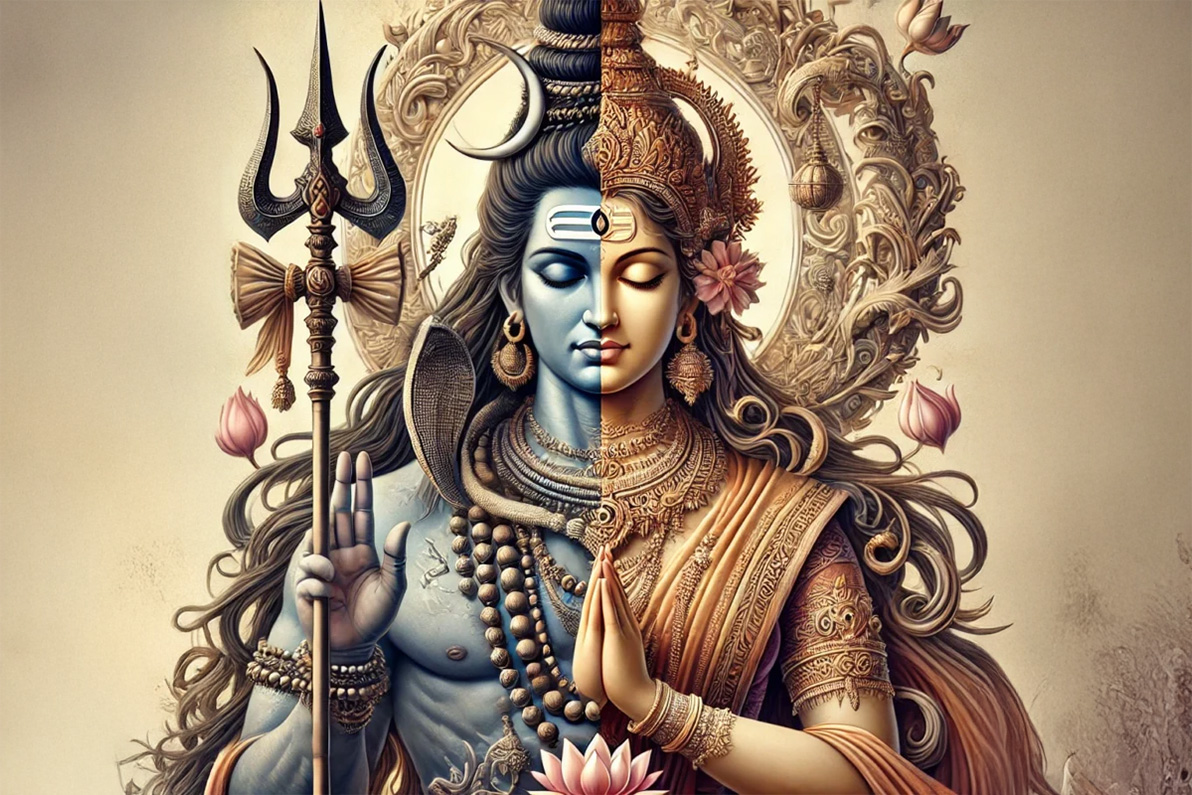Pradosh Moorthy and the Ancient Trio: Shiva, Parvati, and Nandi

In the mystical town of Swamimalai, known for its serene temples and sacred traditions, lived Pradosh Moorthy, a master sculptor whose works were revered as embodiments of the divine. His sculptures adorned temples far and wide, each carrying a story of devotion and artistry. One day, Pradosh was summoned by the head priest of an ancient Shiva temple nestled in the heart of a dense forest.
The priest spoke with urgency: “Pradosh, our temple’s idols of Shiva, Parvati, and Nandi have been lost to time. The deities have guided me in a vision, asking you to recreate them. Will you undertake this sacred task?”
Pradosh bowed deeply. “It will be my honor, Swamiji. Through their blessing, I shall bring them to life once more.”
The Inspiration
Pradosh began his work by meditating before the temple’s empty sanctum. In his mind’s eye, he envisioned Shiva, the cosmic dancer; Parvati, the embodiment of grace and balance; and Nandi, the steadfast guardian. Their forms were vivid, their divinity palpable.
Returning to his workshop, he sketched each deity in exquisite detail, ensuring every pose and ornament resonated with their divine essence.
The Creation Process
1. Shiva: The Cosmic Dancer
Pradosh sculpted Shiva as Nataraja, dancing within a circle of fire that represented the cycle of creation and destruction. Each strand of his hair radiated energy, his raised foot symbolized liberation, and his calm face portrayed supreme balance amidst chaos.
2. Parvati: The Divine Consort
For Parvati, Pradosh captured her as Annapurna, the goddess of nourishment, holding a bowl of grains in one hand and a ladle in the other. Her serene expression exuded compassion and maternal care. Her posture was poised yet gentle, embodying the perfect complement to Shiva’s dynamic energy.
3. Nandi: The Sacred Bull
Finally, Pradosh turned to Nandi, the loyal gatekeeper of Shiva. He sculpted the bull with powerful muscles, a majestic hump, and a gaze filled with unwavering devotion. Nandi’s posture reflected his readiness to serve and protect.
The Divine Encounter
As the idols neared completion, Pradosh began the lost-wax casting process, a technique his ancestors had perfected. The wax models were covered in clay, heated to remove the wax, and filled with molten panchaloha alloy. The process demanded precision and patience.
When the molds were broken, the statues emerged in their raw, bronze glory. Pradosh spent weeks refining every detail, from Shiva’s ornaments to the intricate carvings on Parvati’s sari.
One moonlit night, as Pradosh polished Nandi’s features, a mysterious visitor appeared—a wandering sage with a radiant aura. The sage examined the statues and smiled.
“These are not mere idols, Pradosh. They carry the essence of divinity. You have channeled the gods themselves,” the sage said, before vanishing into the night.
The Installation
On an auspicious day, the idols were installed in the temple amid grand celebrations. Devotees marveled at the sculptures, their lifelike expressions and divine presence inspiring awe and devotion. The head priest declared, “Pradosh Moorthy has not just recreated the deities; he has revived the spirit of this temple.”
As the chants of “Om Namah Shivaya” filled the air, Pradosh stood humbly at the back, his heart full of gratitude. For him, the greatest reward was not the praise but the knowledge that he had fulfilled his dharma by serving the divine.
From that day forward, the temple, with its resplendent idols of Shiva, Parvati, and Nandi, became a pilgrimage site. And the name of Pradosh Moorthy lived on as a sculptor who could bridge the earthly and the divine.












